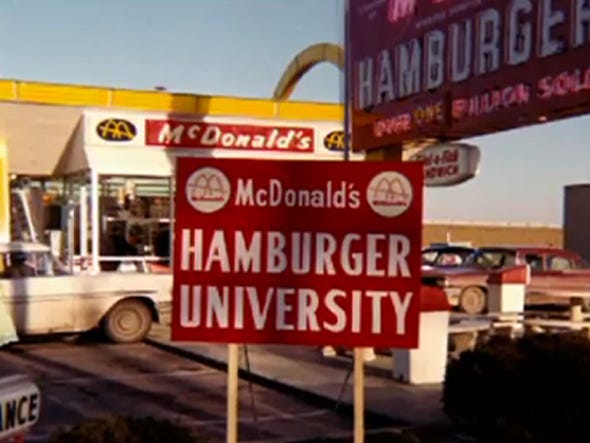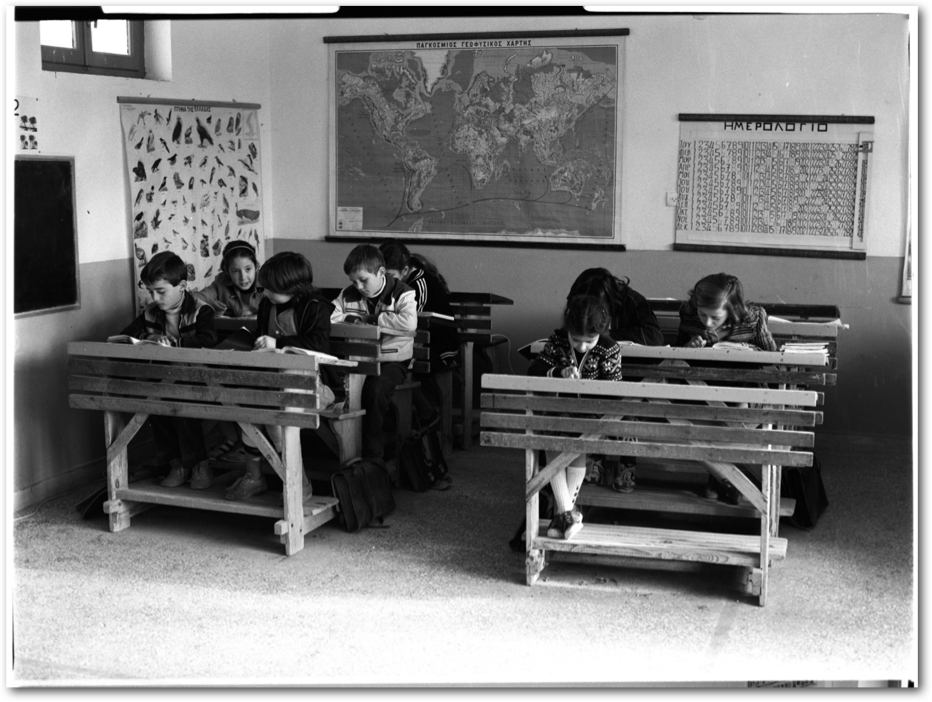EPFL’s Professor Pierre Dillenbourg heads the Center for Digital Education. He demonstrates the use of a Simpliquity Tinkerlamp to teach logistics training, and explains how research has moved from developing an expensive, specialized device to using a simple webcam and paper. Note: interview and discussion are in French.
Presentation at the IFRC FACT and ERU Global Meeting (Vienna, 31 May 2013), exploring how we learn in a complex world.

Burck Smith describes how accreditation is based primarily on a higher education institution’s inputs rather than its outcomes, and creates an “iron triangle” to maintain high prices, keep out new entrants, and resist change.

As I’ve been thinking about building a MOOC for the 13.1 million Red Cross and Red Crescent volunteers, I’ve become increasingly interested in connectivism. One of the platforms I’ve discovered is called P2PU (“Peer To Peer University”), which draws heavily on connectivist ideas. Surprise: on P2PU there is a debate raging on about badges, of all things. I initially scoffed.

In my work, I am constantly discovering and evaluating new web sites and online services related to learning in some way. Increasingly, I’m wondering if there can be an underlying method for assessing them that is different from the prevailing consumerist, product metaphor. What I mean is that we tend to look at a learning technology as if it were a product that we will consume if we adopt it in our learning/teaching practice.

When I look at my Facebook friends online, I can see that most of them are connected, almost 24/7, via their phones. Those connected from a laptop or desktop computer (shown by a green dot instead of a little phone icon) are an ever-dwindling minority. As Scholar is meant to be a social application for learning, I thought it might be useful to reflect on what mobile means for learning.
When I look at my Facebook friends online, I can see that most of them are connected, almost 24/7, via their phones. Those connected from a laptop or desktop computer (shown by a green dot instead of a little phone icon) are an ever-dwindling minority. As Scholar is meant to be a social application for learning, I thought it might be useful to reflect on what mobile means for learning.
As I’ve been thinking about building a MOOC for the 13.1 million Red Cross and Red Crescent volunteers, I’ve become increasingly interested in connectivism. One of the platforms I’ve discovered is called P2PU (“Peer To Peer University”), which draws heavily on connectivist ideas. Surprise: on P2PU there is a debate raging on about badges, of all things. I initially scoffed.

You have no doubt heard about the Red Cross or Red Crescent. Some of you may be first aiders or otherwise already involved as volunteers in your community. My organization, the IFRC, federates the American Red Cross and the 186 other National Societies worldwide.

When I first saw Mary Kalantzis’s photos of a 1983 elementary school classroom in Greece, I scoffed.
When I first saw Professor Cope’s photos of a 1983 elementary school classroom, I scoffed.